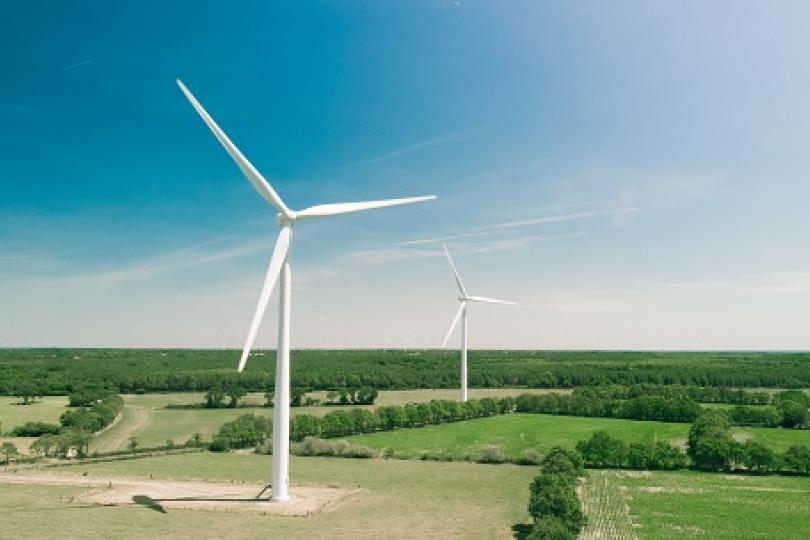Fellow Story
Mulvaney quoted in New York Times on wind and solar expansion
Dustin Mulvaney, a professor of environmental studies at San Jose State University and a 2004 Switzer Fellow, was quoted in a recent New York Times article "Where Wind and Solar Power Need to Grow for America to Meet Its Goals". Below is an excerpt from the article. Read the full story including maps of existing and needed wind and solar here.
Conservation The question of whether to strictly conserve land for environmental purposes or make exceptions for clean energy is a thorny one. Some species, like the desert tortoise and sage grouse, are being pushed to the brink of extinction by global warming and development, including oil and gas extraction, in their habitats. Without careful planning, adding vast solar panel arrays or hundreds of wind turbines where they live could push them over the edge. But so, too, could the continued burning of fossil fuels and rising global temperatures. Renewable energy developers are required to conduct environmental impact studies and can sometimes offset the harm from new projects. A developer hoping to build wind turbines, for example, could pay to retrofit older, existing transmission lines in the area to make them safer for birds, balancing the toll on the species. Projects can also be built on degraded or recovering land, rather than undeveloped landscapes. However, “a lot of abandoned agriculture’s important habitat also,” said Dustin Mulvaney, a professor of environmental studies at San Jose State University. The Swainson’s hawk, for instance, which travels between the United States and South America each year, relies on abandoned farmland in California to forage for food. “Habitat quality and connectivity and things like that are also important for where these projects go,” Dr. Mulvaney said.
